Apoproteins: The Unsung Heroes of Lipid Transport
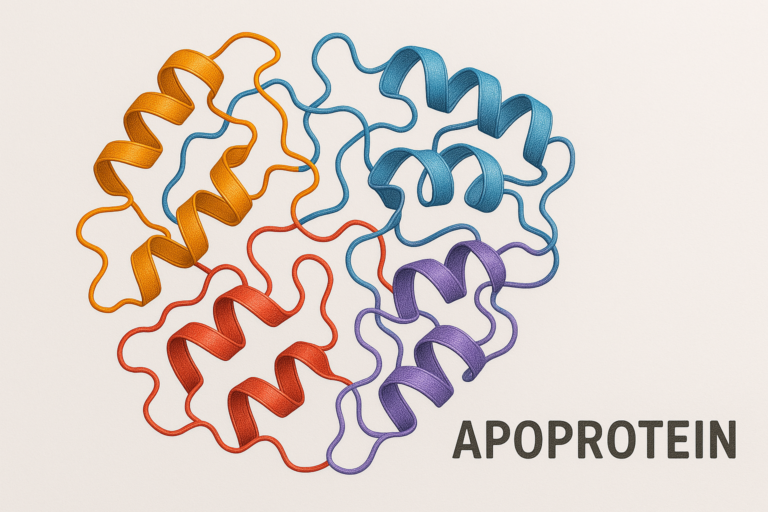
Apoproteins, also known as apolipoproteins, are protein components of lipoproteins, the complexes responsible for transporting lipids (fats) in the bloodstream.
The Health and Diseases section focuses on the biological, physiopathological and molecular analysis of the processes that determine the state of health and the onset of diseases in the human organism. The goal is to understand the mechanisms that maintain homeostasis and those that, once altered, lead to the development of acute or chronic pathological conditions.
Topics covered include:
Concepts of health and disease : definitions according to WHO, health as a dynamic balance between biological, environmental, genetic and behavioral factors;
Etiology and pathogenesis : causes of diseases (infectious, genetic, autoimmune, degenerative, multifactorial), cellular and systemic mechanisms of damage and adaptive response;
Inflammation, oxidative stress and apoptosis : key biological responses to tissue injury and their role in pathological genesis;
Immunopathology : immune system dysfunctions, immunodeficiencies, hypersensitivity and autoimmunity;
Oncogenesis : Molecular basis of cancer, genetic mutations, aberrant proliferation signals and evasion of physiological controls;
Systemic diseases : integrated approach to the study of the main pathologies of the various systems (cardiovascular, respiratory, endocrine, etc.);
Prevention, diagnosis and therapy : concepts of preventive medicine, biomarkers, conventional and innovative therapeutic approaches (pharmacological, immunotherapeutic, genetic).
This section aims to provide a scientifically rigorous but integrated view of the processes that influence human health, laying the foundations for the critical interpretation of pathologies and for the application of biological knowledge to modern medicine.

Apoproteins, also known as apolipoproteins, are protein components of lipoproteins, the complexes responsible for transporting lipids (fats) in the bloodstream.
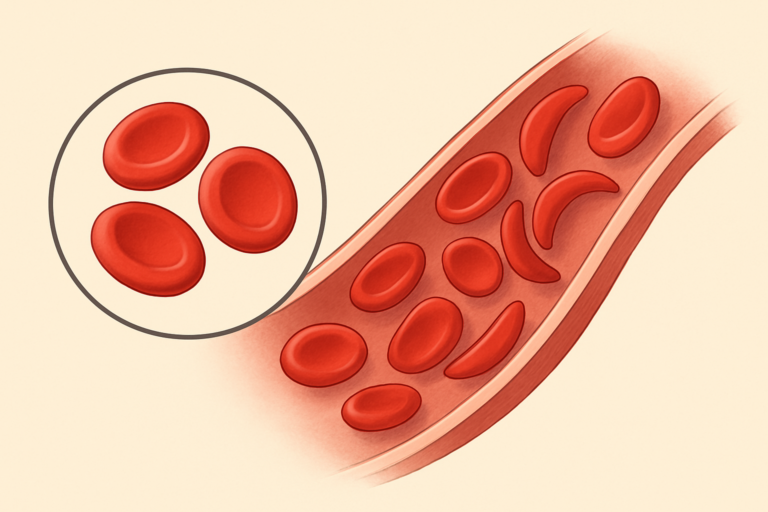
Introduction Anemia Mediterranea, more commonly referred to as Thalassemia, is a group of inherited blood disorders resulting in abnormal formation of hemoglobin, the iron-rich protein in red blood cells which carries oxygen to all parts of the body (Khan Academy).…
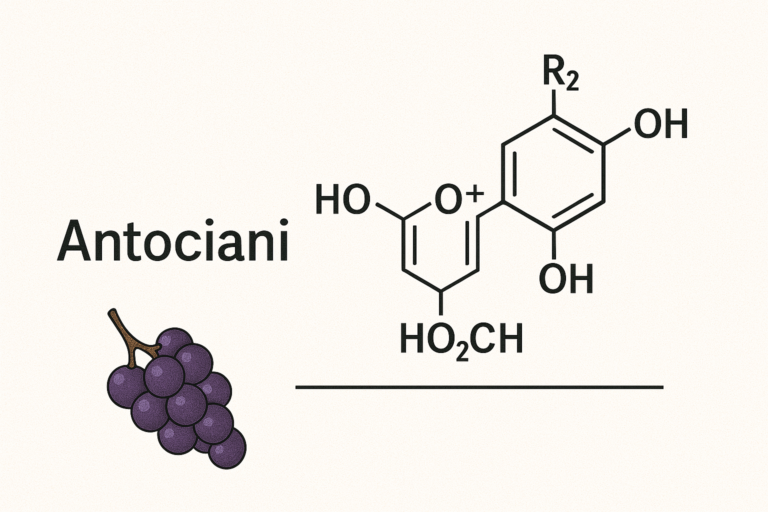
Antociani belong to a parent class of molecules called flavonoids, a subgroup of plant metabolites that are known to deliver numerous health benefits due to their antioxidant properties

Anabolism is essentially "biology's construction worker," assembling the building blocks of life.
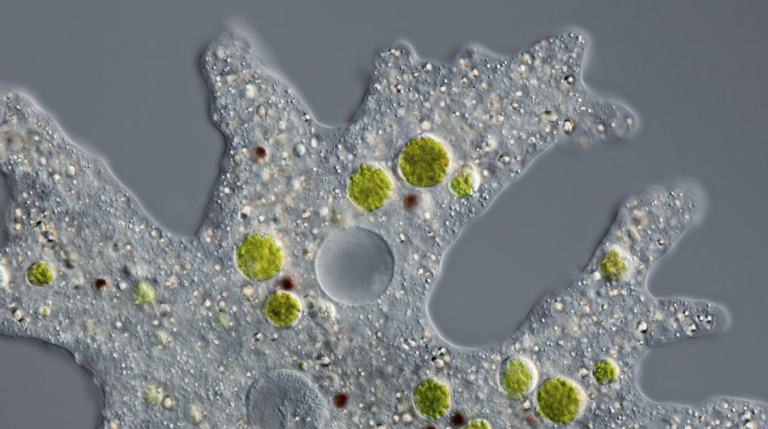
Introduction Amebas, also spelled amoebas, are a group of single-celled organisms belonging to the domain Eukarya, which are characterized by their unique ability to change shape. This is due to the absence of a hard outer shell, allowing the organism…

This article provides a comprehensive overview of the biological processes underlying food allergies, including diagnosis, treatment, and prevention strategies.

Albinism is a genetic condition characterized by a reduced amount or complete absence of melanin pigment in the skin, hair, and eyes or in the eyes alone. This condition is associated with a number of vision abnormalities and is caused…
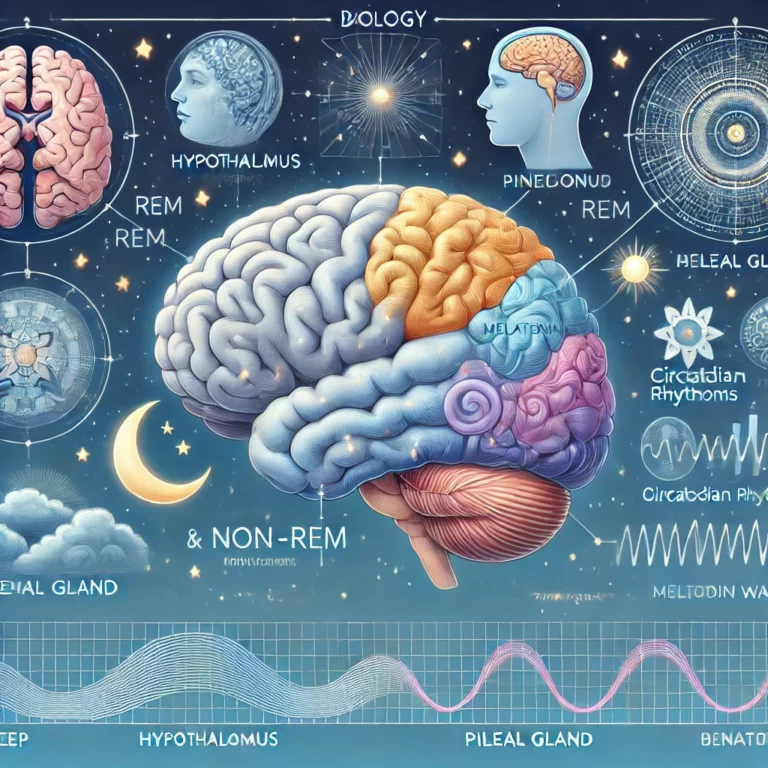
In this article we will explore the fascinating world of sleep, a universe of complex and delicate mechanisms essential for our health and well-being, with some surprises that come directly from the latest scientific research.
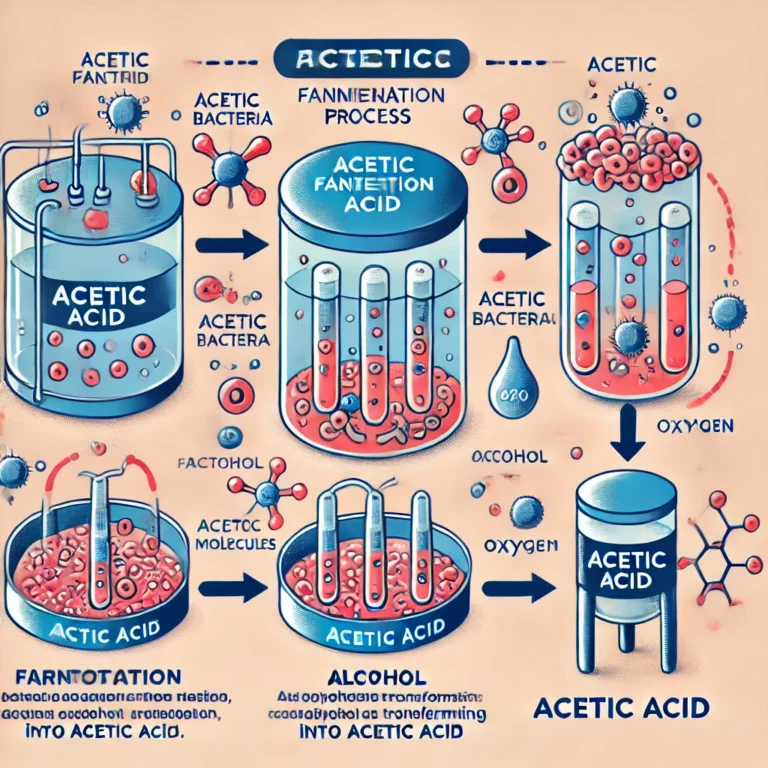
Today, we will embark on an extraordinary journey, an exploration into a universe invisible to the naked eye but teeming with life: the microscopic world behind our foods, a world where tiny organisms, like skilled craftsmen, work tirelessly to shape and transform the foods we bring to our tables.